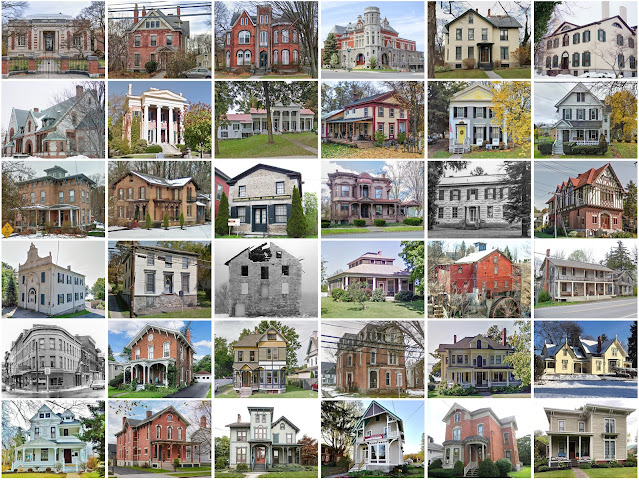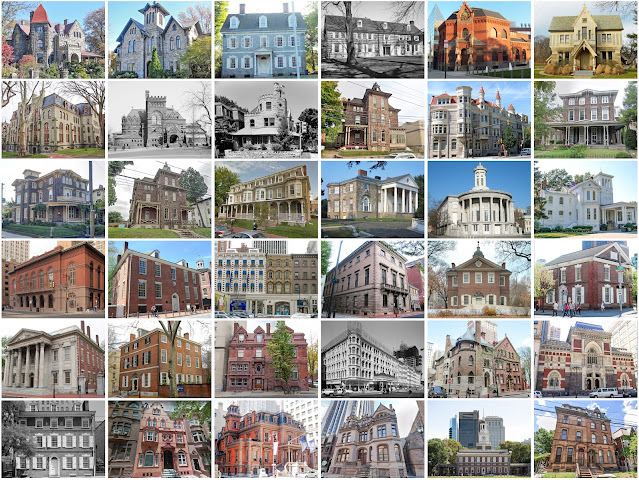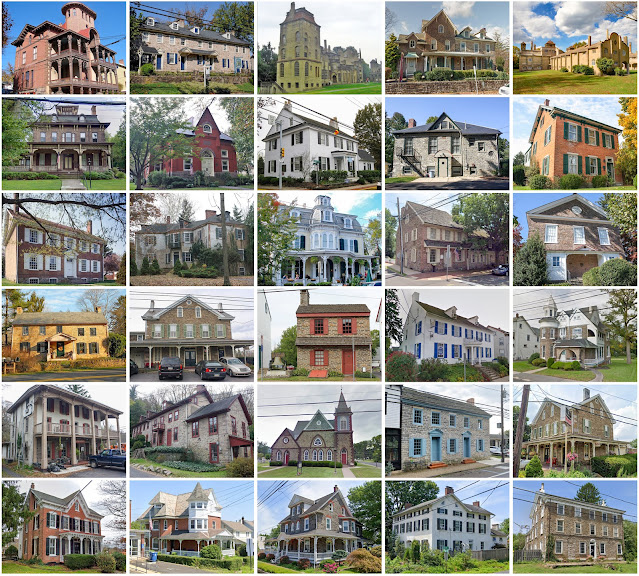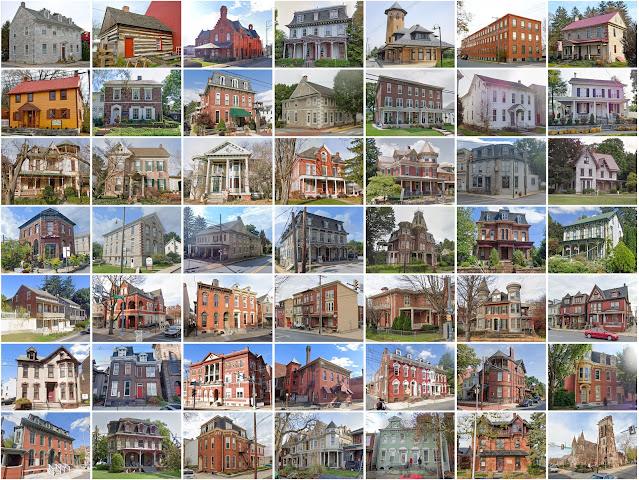Cayuga County, New York

Founding: 1799 Parent county: Onondaga Namesake: The Cayuga people Seat: Aurora (1799–1805); Auburn (1805–) Land area: 692 square miles Population (2020): 76,248 Population (historic): 15,871 (1800); 50,338 (1840); 59,550 (1870); 66,234 (1900); 64,751 (1930) Periods of population growth: pre-1800–1910; 1930–1990 Subdivisions: One city; nine villages; one CDP; 23 towns National Register listings: 71 Pre-1940 residences (estimated): 14,265 (38.5%) Pre-1940 housing survival rate: 78.6% Pre-1860 housing survival rate (1940): 33.6% Farm housing in disrepair (1950): 8% Nonfarm housing in disrepair (1950): 4.7% Average farmhouse value (1930): $1,802 Average outbuilding value (1930): $1,874 Average farmhouse size (1940): 8 rooms Number of farms (1920): 4,297 Average farm size (1920): 72.5 acres _________________________________________________________________________________ Auburn Namesake: The fictional town of Auburn in Oliver Goldsmith's poem The Deserted Vil





